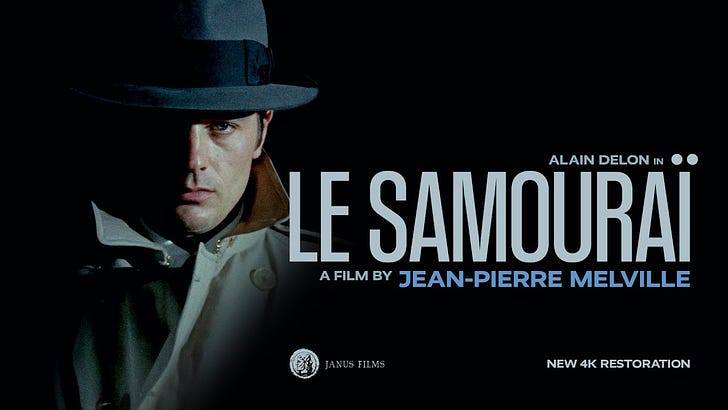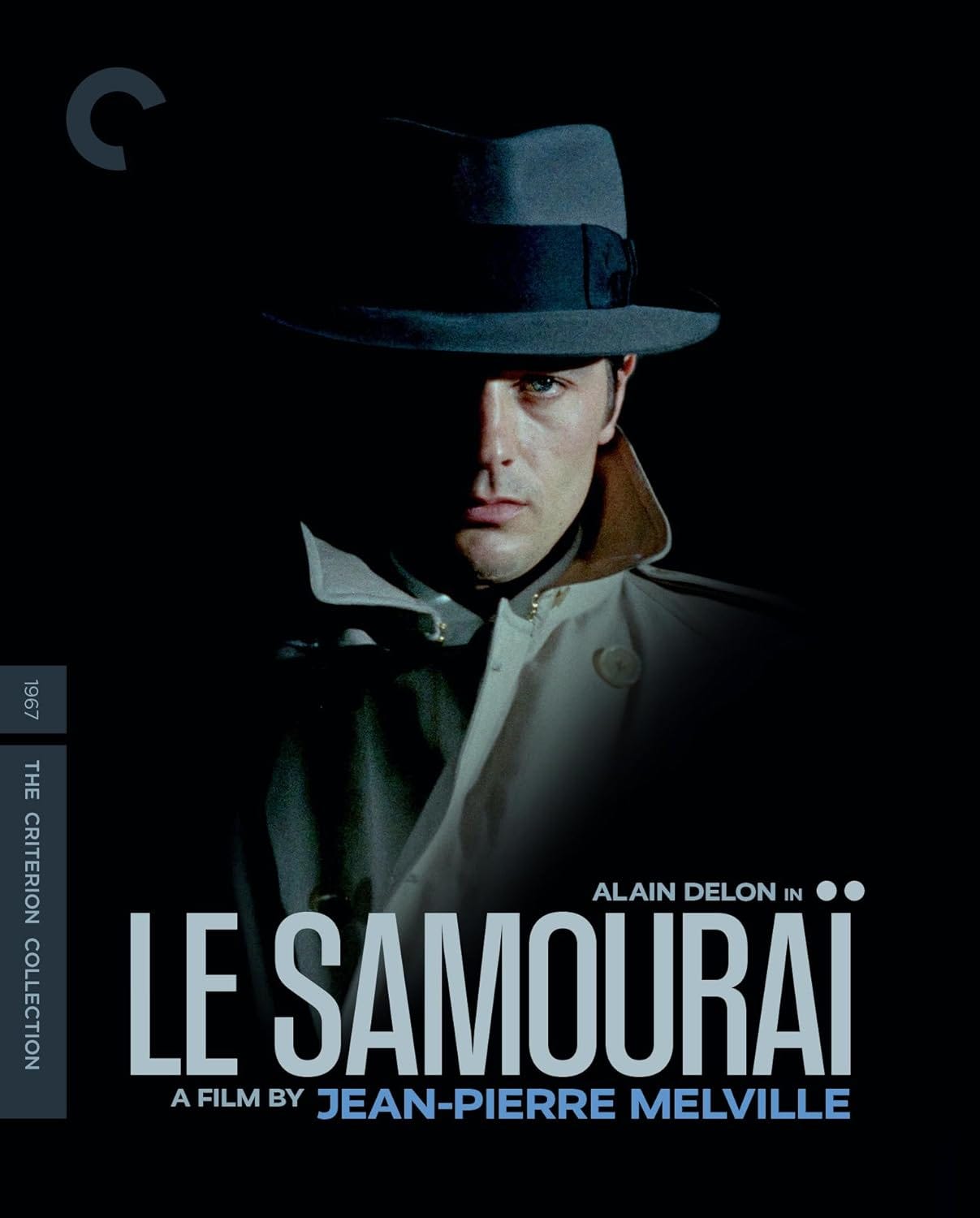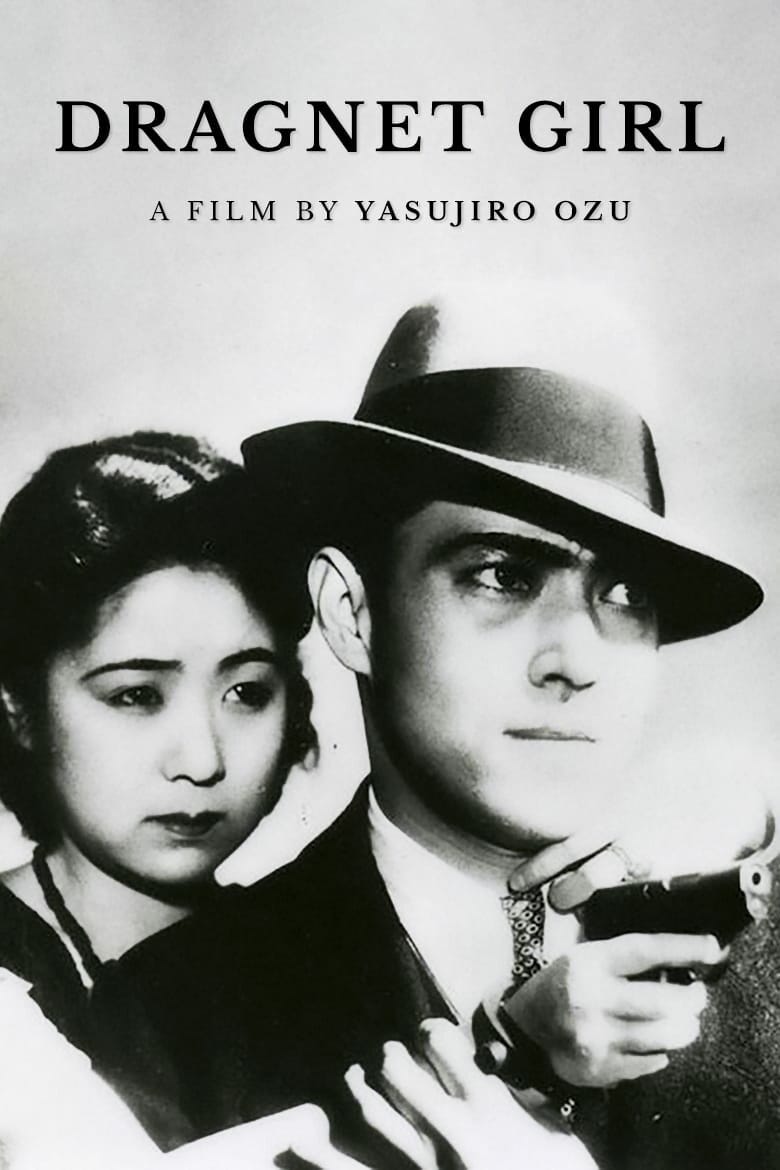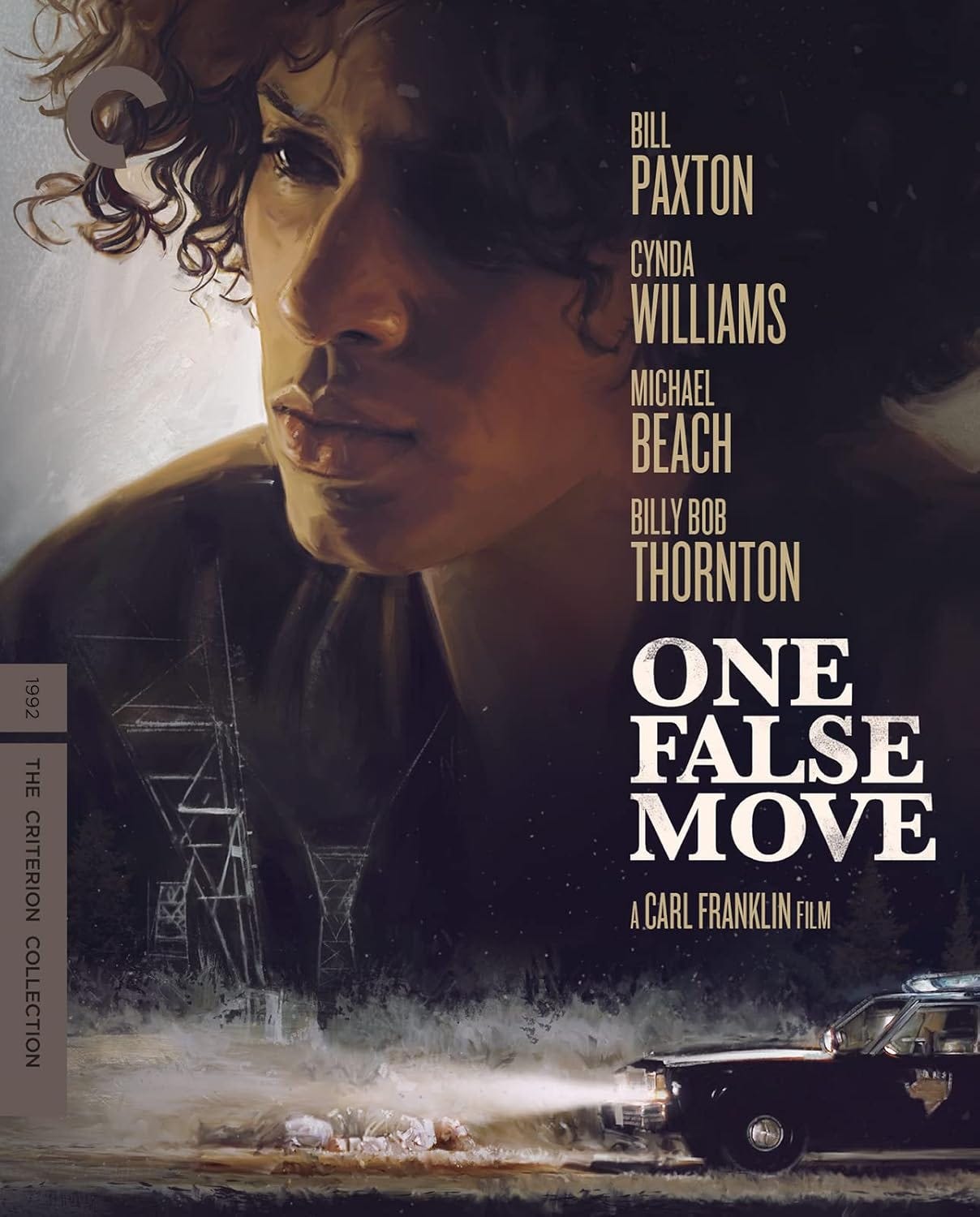What is film noir?
Most readers probably know in general what film noir is, but it may be useful to give my understanding of it.
Film noir are crime movies influenced by expressionist photography and usually a fatalist outlook. Generally its main period is said to have been mostly the 1940s and 1950s, and everything after is considered neo-noir. Everything before could be considered proto-noir.
There can be a lot of arguing about what is and isn’t noir, but generally I went with what Wikipedia says or if a film is advertised as noir or included in well known film noir lists. I migth also lump any crime thrillers in there and include them as noir-adjacent without worrying too much about the definition.
I watched 41 films noir and enjoyed these four the best
In August I finished this year’s film noir watchlist and these four were favourites. I initially planned to watch a lot more than 40, but seeing how long the list was turning out to be, I split some of it into the plan for 2025… and then 2026. Yep, there’s still a lot of film noir ahead of me. The main focus of 2024 was neo-noir and proto-noir. I still haven’t seen that much of the classic noir period, besides movies like Double Indemnity that are also on various top 250 lists (I went through a lot of these lists in the past few years).
This is a re-hashed warm-up post and I am not writing a lot about each movie here. The same might happen with other projects from this year, but in the future, expect me to have more to say about each movie.
Le samouraï (1967)
I first heard about this movie for its influence on Ghost Dog: Way of the Samurai by Jim Jarmusch. I was very into Ghost Dog and Jarmusch around the time it was released in 1999. And Ghost Dog is still one of my favourite movies.
On the first watch years ago Le samouraï seemed impressive, but this time it felt more like an almost flawless masterpiece. Superstar of the time, Alain Delon is perfect as the assassin caught between two sides - the cops and the people who hired him. We lost Alain Delon in August this year and as it turns out he wasn’t a very nice person lately, going by his political views or his desire to be buried together with his dog, who is still alive because his family did not comply with the absurd wish.
The film oozes with style and has a meticulous attention to details. Just watch the trailer:
I saw this movie on the old Criterion Blu-Ray release, and it looked gorgeous. This has since been upgraded to 4K UHD. Both the old and new discs feature an interview where director Melville shares his wisdom and spills some pure gold.
Strange Days (1995)
Another neo-noir film that is absurdly stylish. I had not seen it before this year and I think it’s not just me - this film has largely been ignored, and unjustly. It is quite technically innovative even in how the camera was used in some scenes and there are some quite complex elements to the story. It has a rather unique look with lots of backlighting in almost every scene, or that’s how I remember it months later. One of my favourite discoveries of 2024.
It was directed by Kathryn Bigelow, who later got an Oscar for The Hurt Locker. Strange Days however was considered a failure at the time and almost resulted in her career being destroyed. The reputation of the movie has deservedly improved lately. The themes are pretty dark as it mixes realistic problems with voyeuristic sci-fi elements in a harsh near-future world.
The UK Blu-Ray from Mediumrare Entertainment isn’t great, but the style of the movie still comes across to some extent. Let’s hope that this movie gets proper home video treatment soon.
Dragnet Girl (1933)
I have known the director Yasujirō Ozu as one of the most respected filmmakers who ever lived for a while, but I mostly knew his better known work that focuses on depicting Japanese family and work life after World War II.
This proto-noir shows that he was already masterful in the early 1930s. It’s a silent crime movie about relationships in the face of adversity and occasionally seems quite modern. The use of film language is interesting in that some elements of sound movies are being used in a silent one: J-cuts in film editing are cuts where the sound comes in before the picture, and Ozu does this with intertitles replacing the sound. I’m not sure if I ever saw this technique in any other silent movie.
I saw the movie on the BFI Blu-Ray release of “Three Films by Yasujirō Ozu”, but seems it’s also on YouTube.
One False Move (1992)
This movie starts with some pretty grisly murder-robberies committed by Billy Bob Thorton and his small gang of criminals. Throughout the rest of the movie they are trying to get the loot from Los Angeles to Houston, but must take refuge in a small town where the law is upheld by a young and eager sheriff played by Bill Paxton.
This movie also looks gorgeous and it keeps turning up the pressure right until that moment just before the end where the two forces unavoidably collide.
Again I watched it on the Criterion UK Blu-Ray, but it’s also available for rent on Apple TV.
Coming up: summary of my 2024 film noir project
The competition for the fourth spot was actually pretty tough - there were 12 movies that I gave the same ★★★★ (4 out of 5) rating to, but I had to pick One False move. I will mention some of the other ones and more in a next post, summarising some impressions I got from this watch project.







